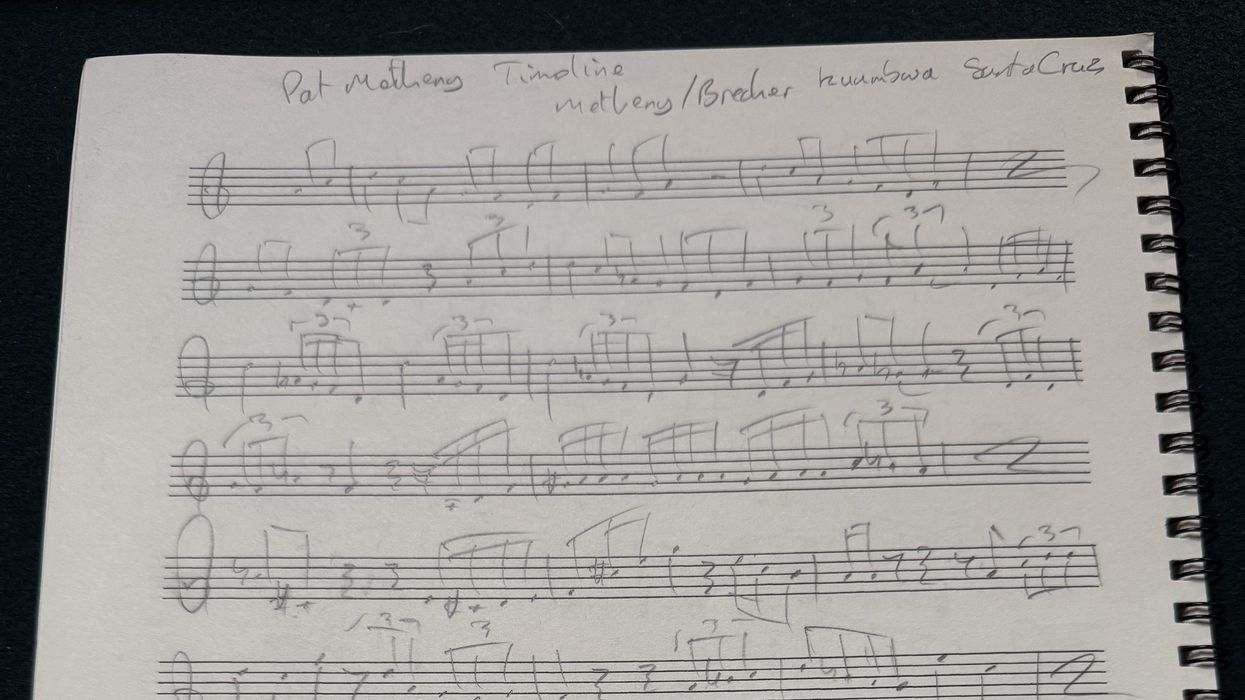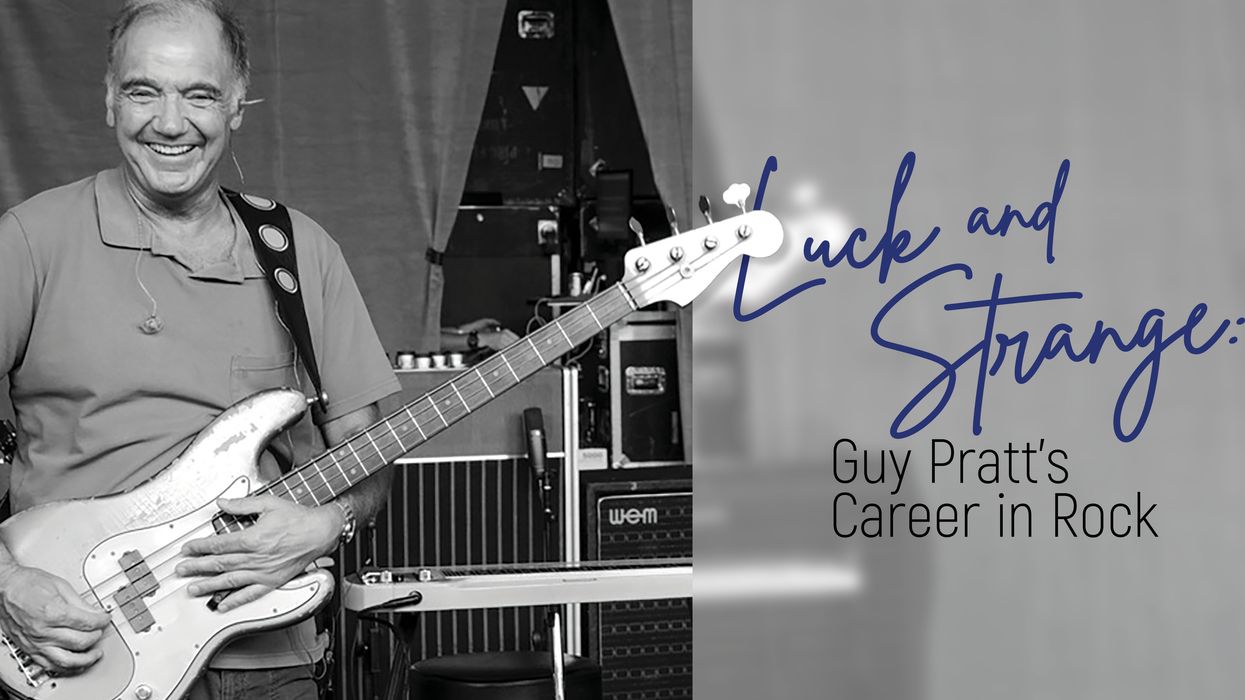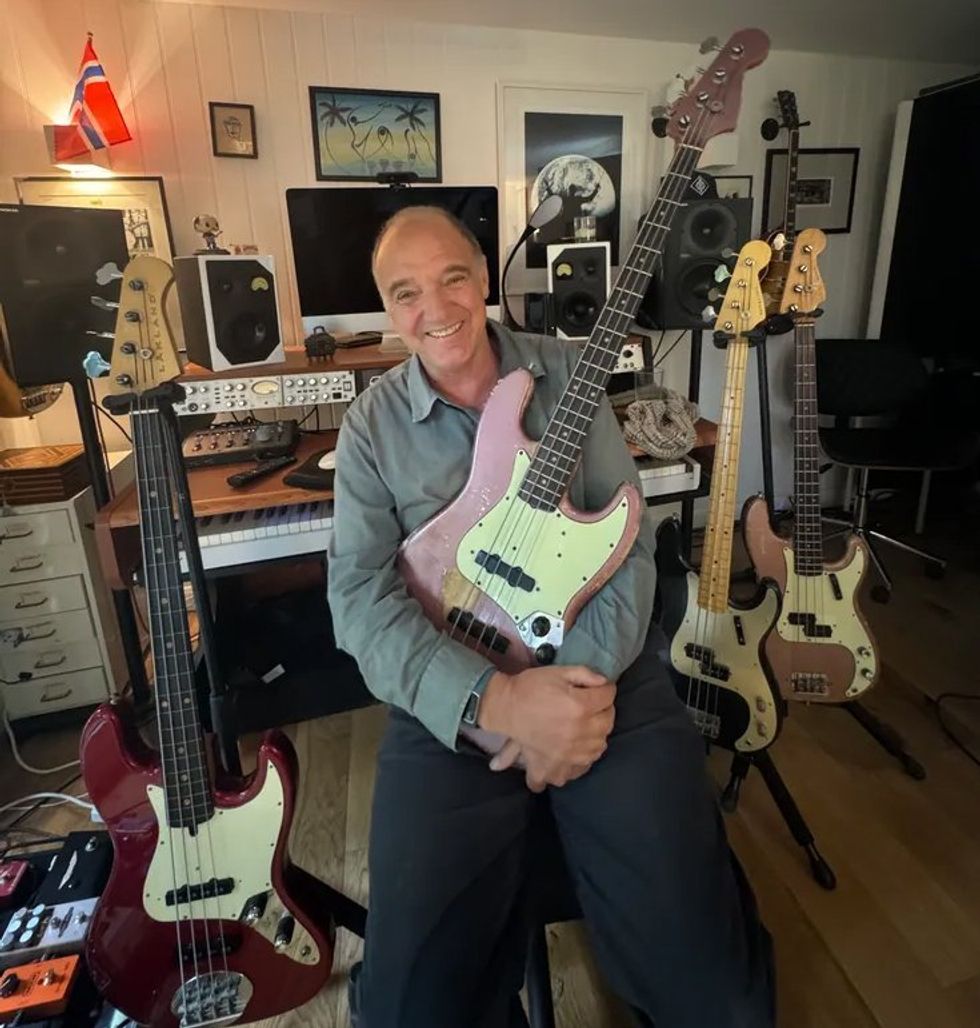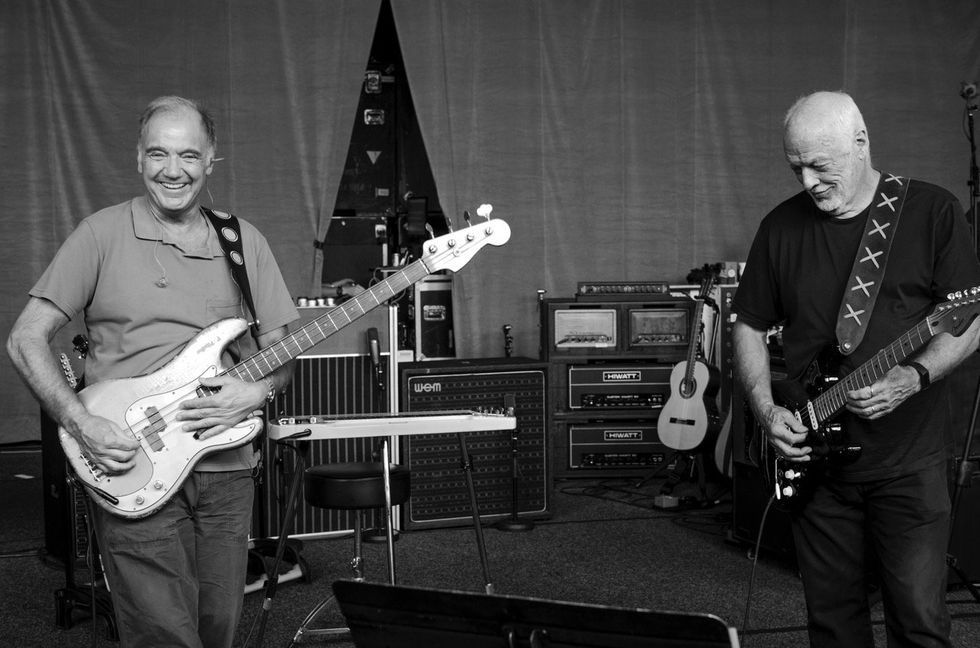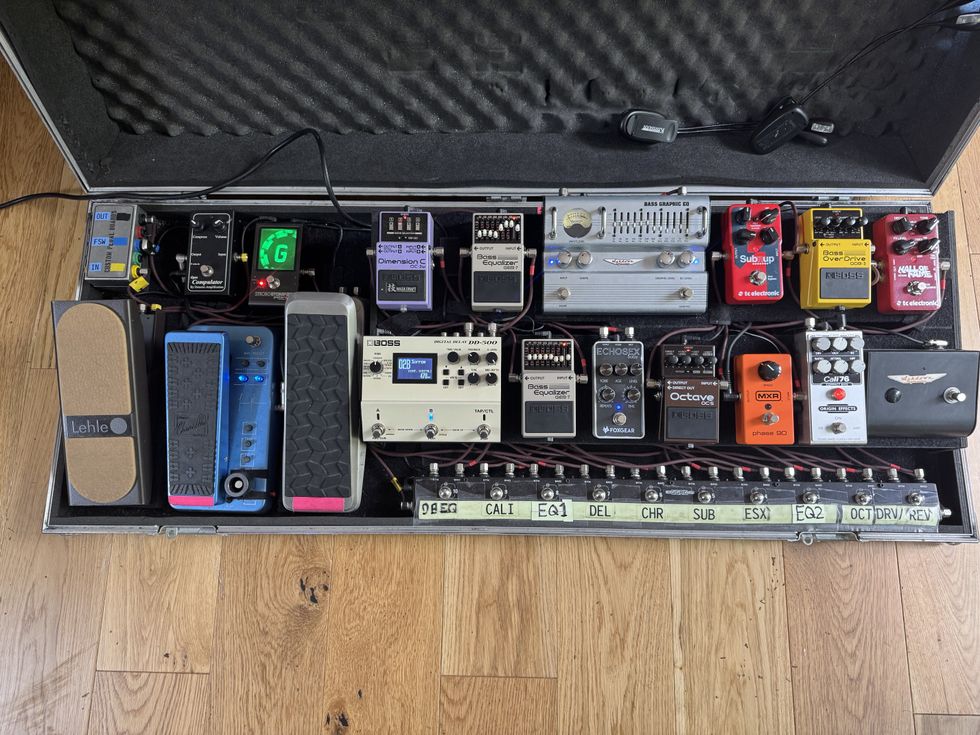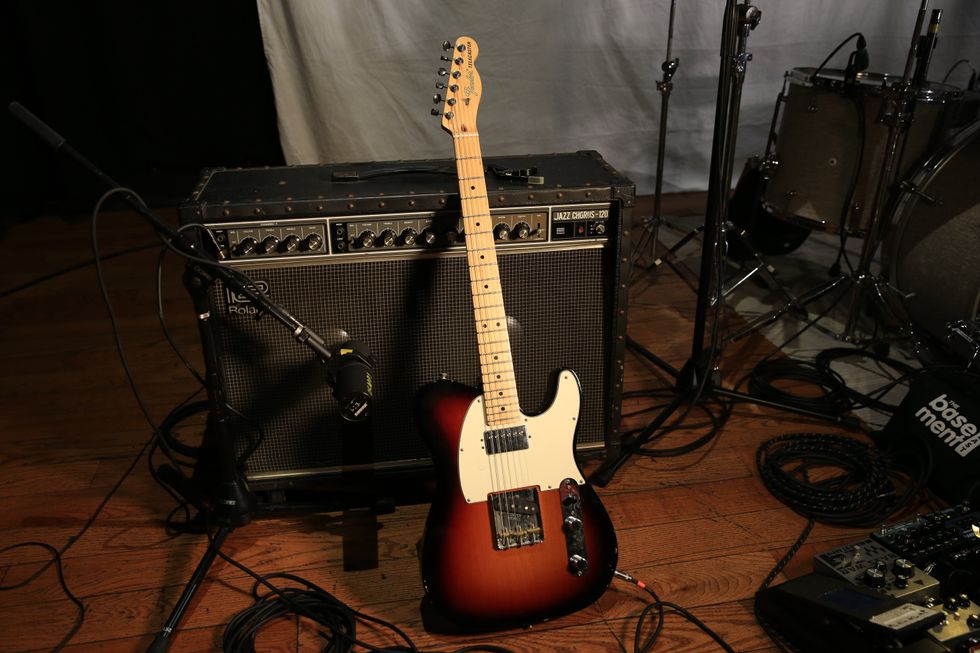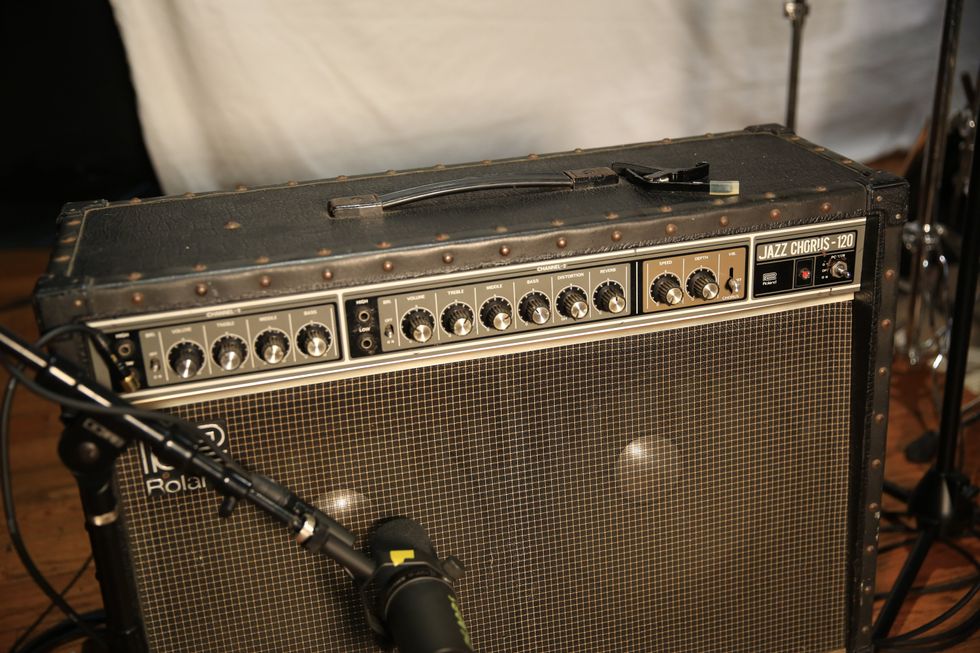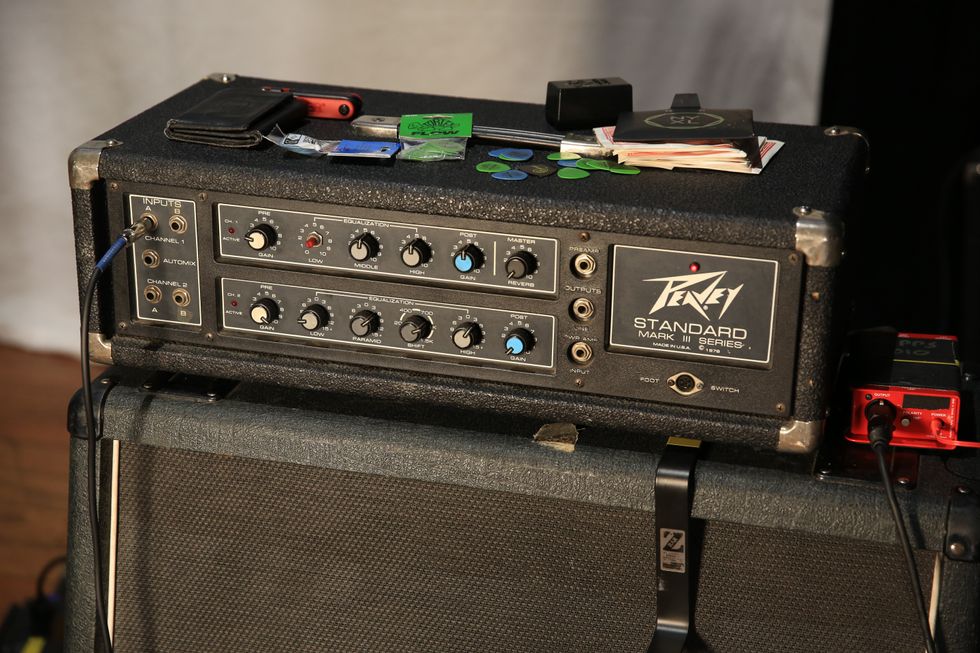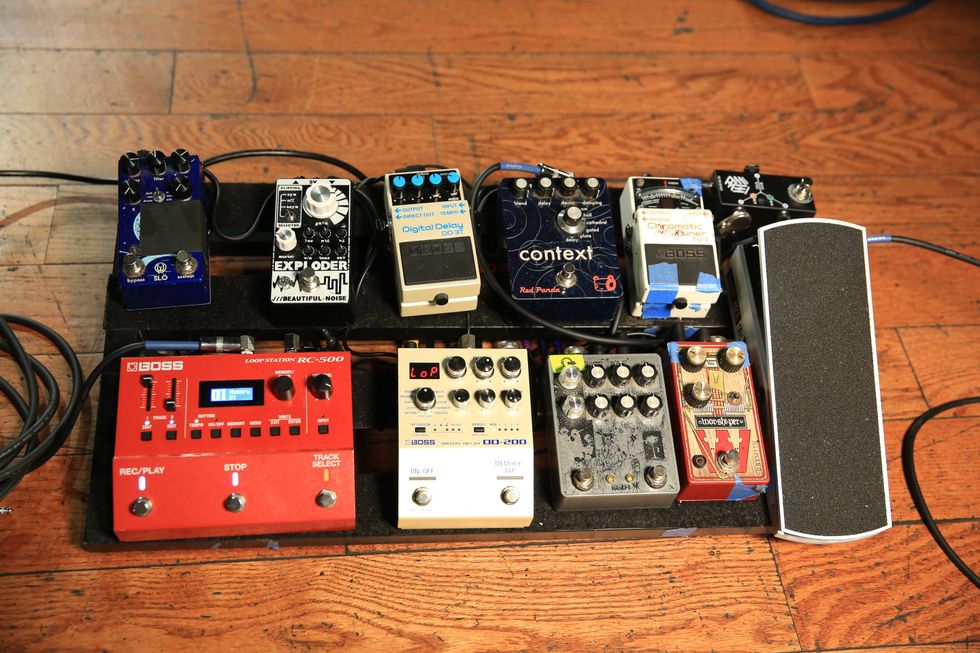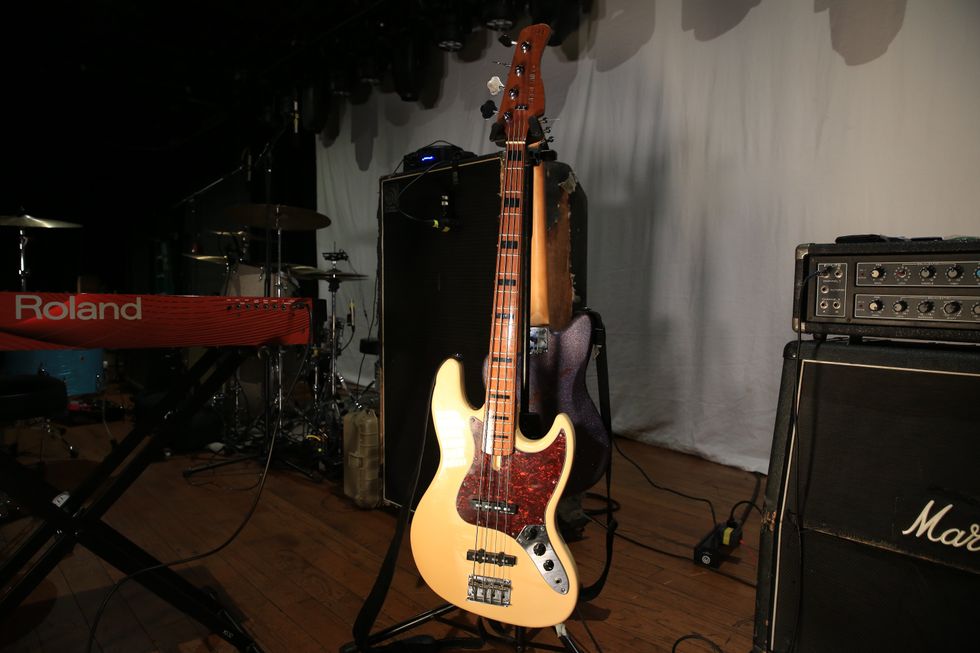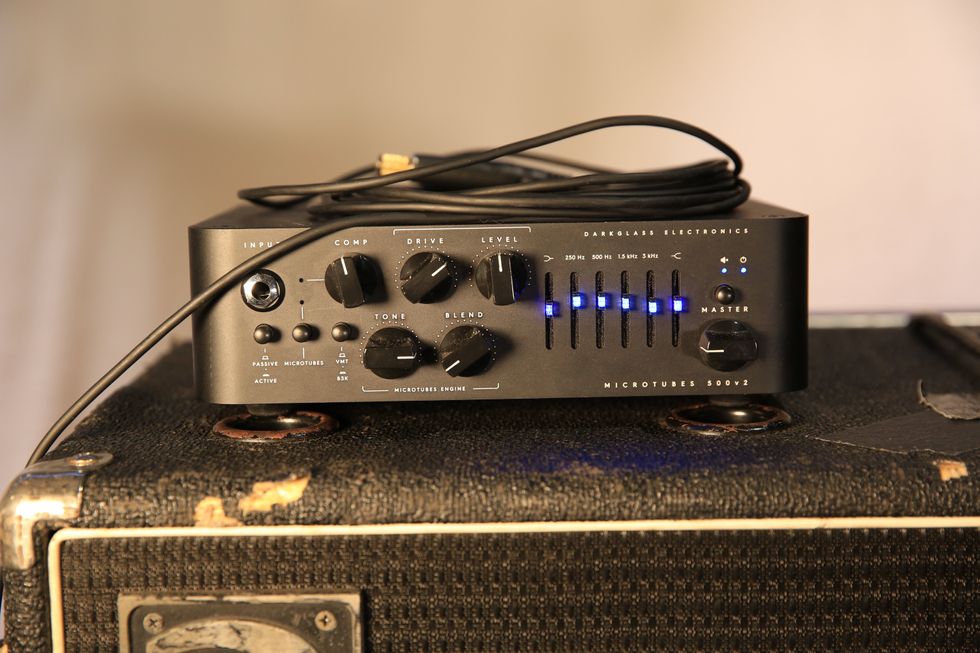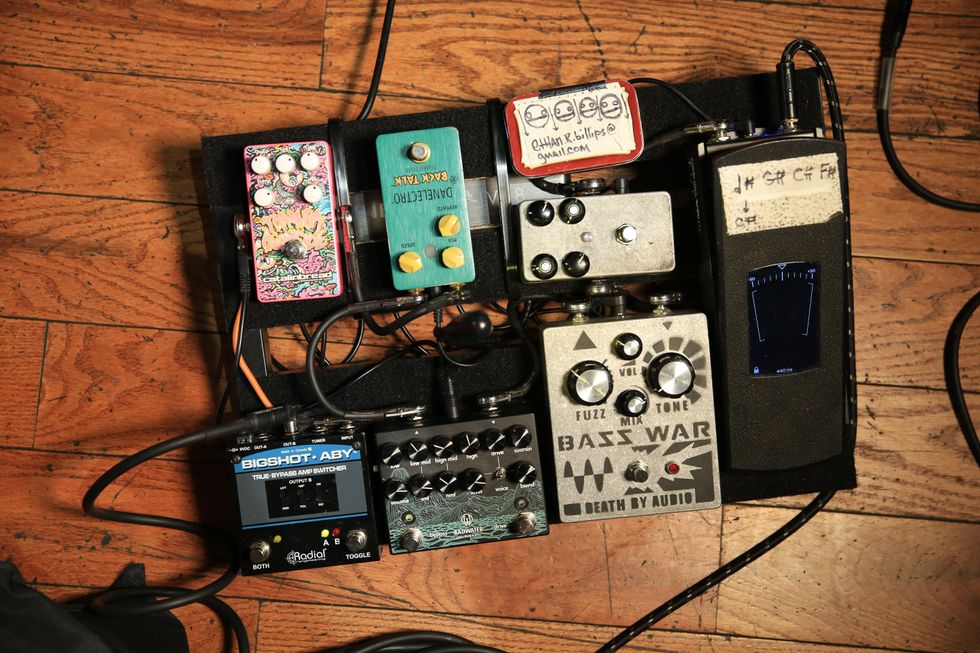Invented in the 1930s, the magnetic pickup still rules the market, and we explored this technology in last month’s column [“Choosing Magnetic Pickups,” September 2012]. Now let’s look at two other types of pickups—piezo and optical. The piezo transducer has mainly found its niche in acoustic instruments, while optical pickups still fight for visibility. Let’s do a quick rundown on these two methods of sensing string vibration and then compare all three technologies.
Piezo pickups. Piezo materials are non-conductive crystals that emit a voltage when a mechanical force is applied. The output signal is directly proportional to the changes of the outer pressure over a wide frequency range, and this makes piezo crystals a good mechanical sensor.
Piezos have a very high impedance and the output signal is pretty weak. Putting any potentiometer load on them would weaken their signal even more. So for starters, we need to put them through a buffering preamp, which involves a battery.
Most often used as undersaddle transducers, piezos work with all sorts of strings, even non-magnetic ones. Almost all acoustic basses use them as a one-pieced strip under the bridge. Since they are highly dependant on pressure, it can be tricky to get a constant volume from all strings. More advanced systems use separate piezos for each string, and sometimes these individual pickups are also separately buffered to offer more control over each string’s signal. Such multi-pickup designs are ideal for triggering MIDI controllers.
Piezo systems are popular because they are inexpensive, although the preamp adds to the cost. These pickups are less prone to feedback and easier to handle than microphones.
Most piezos sound trebly and pretty harsh, especially compared to their magnetic buddies. Many players claim piezos lack bass, but this impression is typically a result of a piezo pickup’s increased highs masking the low frequencies. Some newer, more sophisticated piezo models can sound natural and warm.
Optical pickups. The least obtrusive way of sensing a string’s vibration is to track it visually. We do this by pointing a source of light towards a moving string and using a photodiode—a semiconductor that converts light into an electrical current—to sense the alternating moments of shade and light. Using infrared light makes an optical sensor less prone to interference from surrounding light sources.
This sounds futuristic, but the first pickup of this kind was actually shown in 1969 at the Chicago summer NAMM and patented in 1973 by Ron Hoag. Definitely a very promising idea. But, like many worthy ideas and designs in the music business, it never really took off. Ron has now retired, but he did several prototypes over the years—including the mid-’70s instrument shown in Fig. 1 and Fig. 2—and even built one prototype equipped with a MIDI converter.
Fig. 1. Equipped with an optical pickup, this
mid-’70s prototype bass was designed and
built by Ron Hoag.
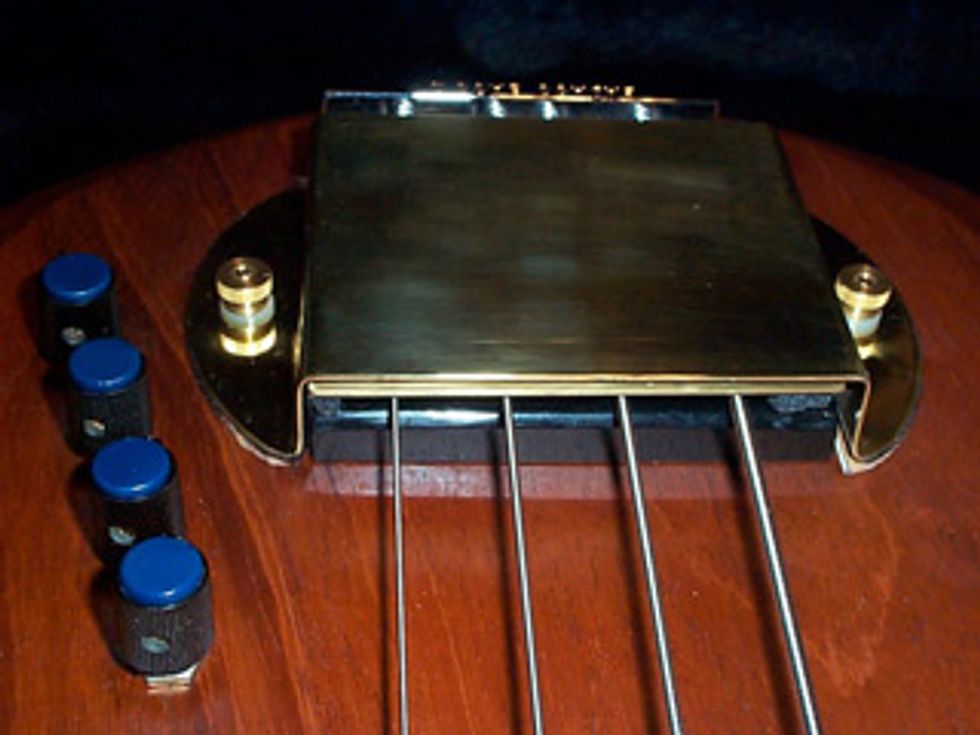
Fig. 2. The bridge and optical pickup assembly in Hoag’s light-sensing prototype bass. Photos courtesy of opticalguitars.com
Currently, the only optical pickups on the market are made by Lightwave (lightwave- systems.com) and these are used in their own line of basses.
Optical pickups have a frequency range that far exceeds our audio band and they also boast an extraordinary tracking speed. And as with piezos, optical pickups work with all sorts of strings—unlike magnetic pickups, you’re not limited to ferromagnetic materials. Of course, creating a light source and amplifying the signal requires electrical energy, so there’s a certain amount of circuitry involved with an optical pickup.
Given today’s pickup technology, I think it’s fair to say that optical systems are the most sonically transparent.
Magnetic, piezo, and optical: How do they compare? There’s one critical relationship we haven’t yet covered: the interaction between string and pickup. The pull of a magnetic pickup on a metal string is something that really influences tone. Not only does it suck up vibrational energy from the string, resulting in less sustain, it also transposes upper harmonics to higher frequencies. When the magnetic pull gets too strong, it can sound like a chorus effect or simply out of tune, (our friends with the flimsy strings call this Stratitis). Unfortunately, the magnet pull affects the string, whether or not the pickup is in use.
A piezo mechanically vibrates along with the string, but the dampening within the crystal is so weak, it’s not worth discussing. This is even more true for the optical pickup, which doesn’t even contact the string.
Compared to the hum problems of magnetic pickups, both the piezo and especially the optical pickup operate with very low background noise.
It might appear as if piezo and optical technology would be superior to magnetic pickups, but sometimes imperfection is the right choice. While most metal-head bassists wouldn’t even consider anything but magnetics, those looking for a more upright or atmospheric tone should have piezo and optical pickups on their list. Combining strong fundamentals from a magnetic pickup with the airy high frequencies of a piezo or optical pickup can be very addictive. By combining technology, you can expand the tonal range of your bass and thus enhance your musical expression.
 Heiko Hoepfinger is a German
physicist and long-time bassist, classical
guitarist, and motorcycle enthusiast. His
work on fuel cells for the European orbital
glider Hermes got him deeply into modern
materials and physical acoustics, and
led him to form BassLab (basslab.de)—a
manufacturer of monocoque guitars and basses. You can
reach him at
chefchen@basslab.de..
Heiko Hoepfinger is a German
physicist and long-time bassist, classical
guitarist, and motorcycle enthusiast. His
work on fuel cells for the European orbital
glider Hermes got him deeply into modern
materials and physical acoustics, and
led him to form BassLab (basslab.de)—a
manufacturer of monocoque guitars and basses. You can
reach him at
chefchen@basslab.de..


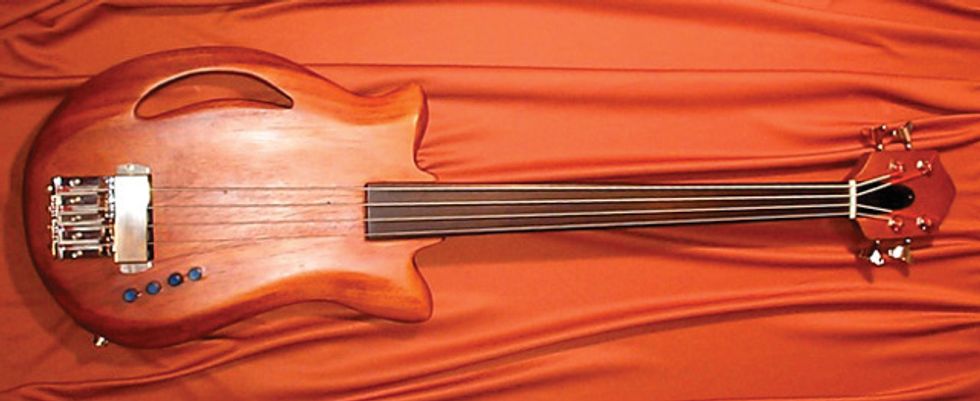
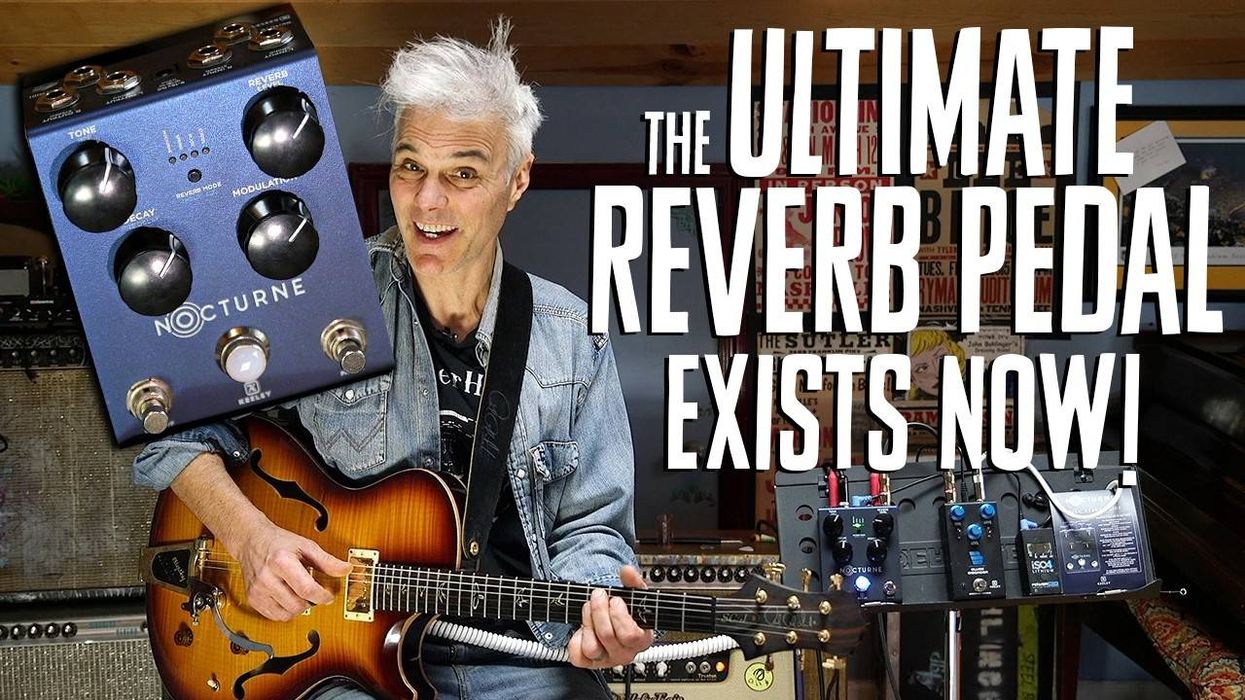
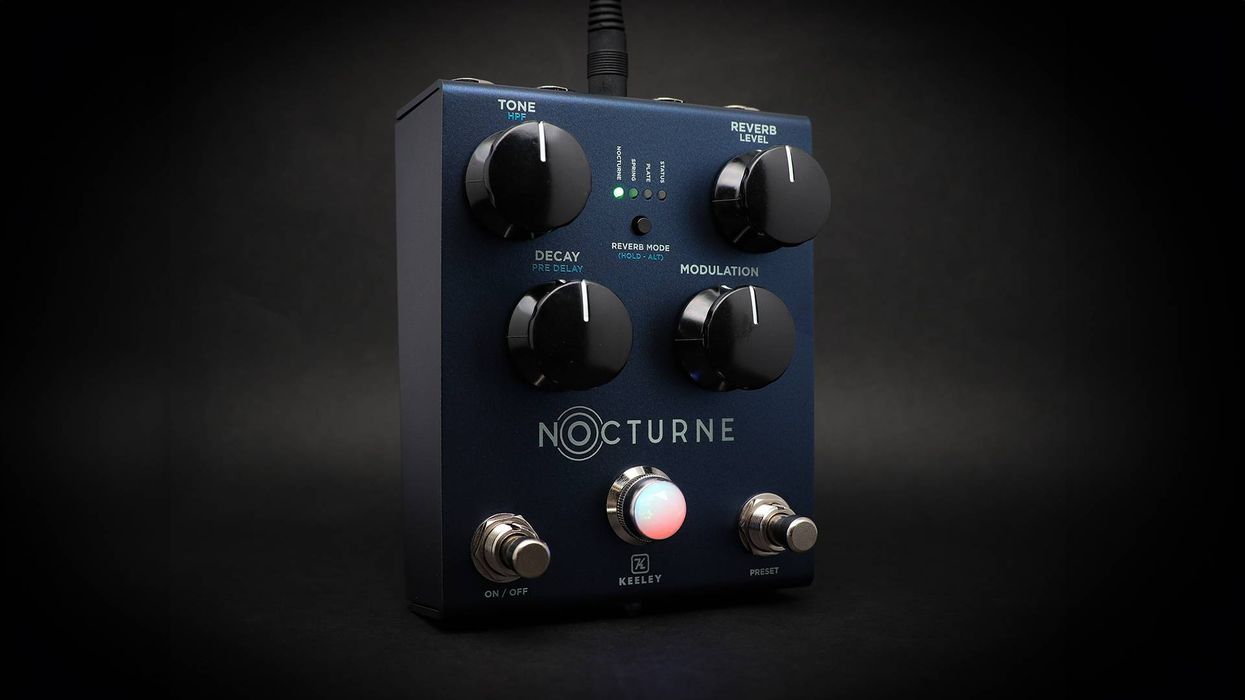
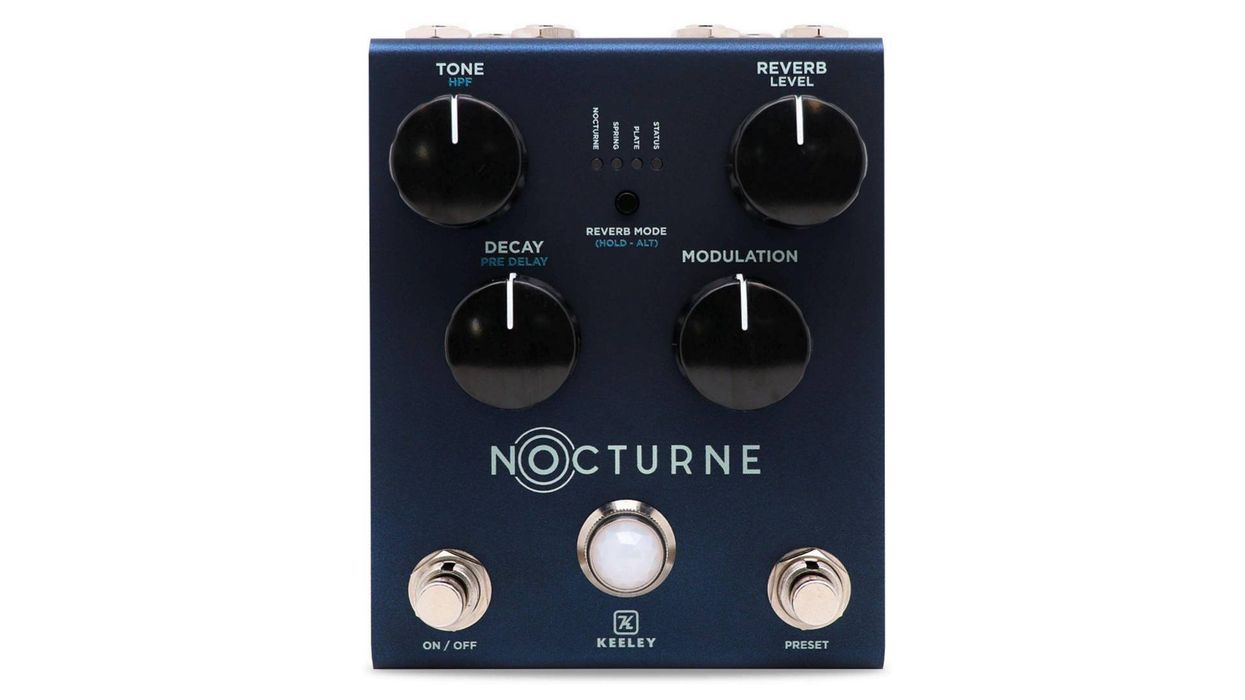
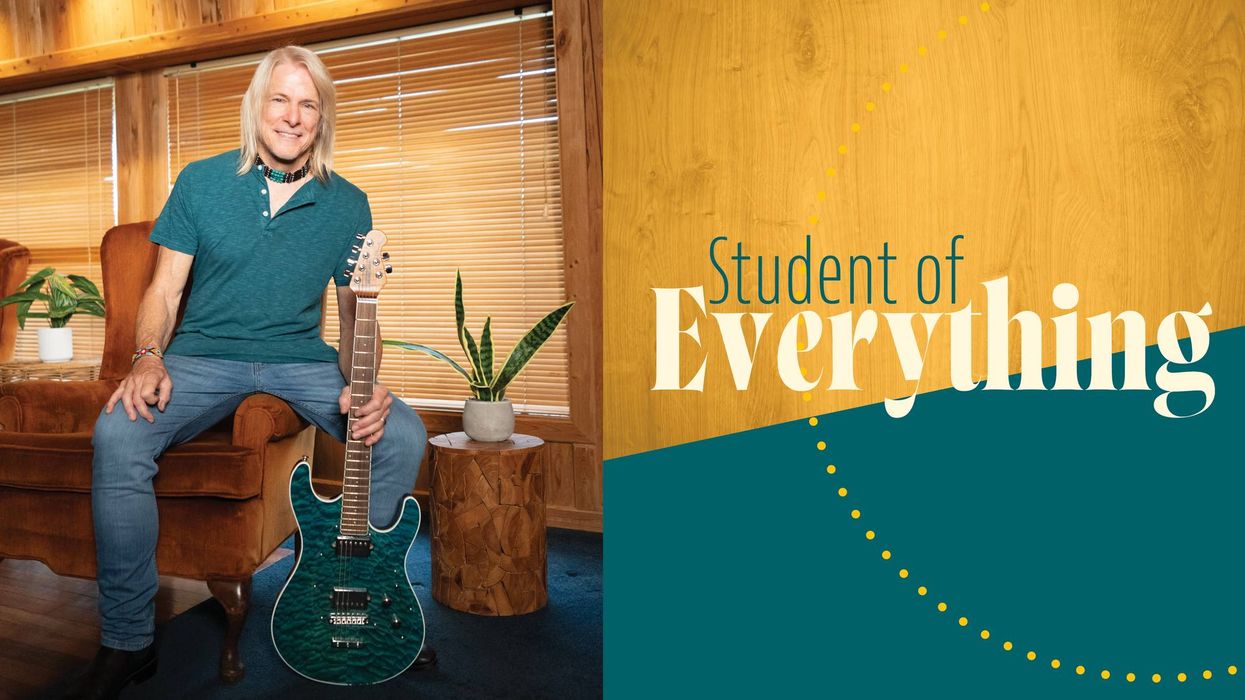
![Rig Rundown: AFI [2025]](https://www.premierguitar.com/media-library/youtube.jpg?id=62064741&width=1245&height=700&quality=70&coordinates=0%2C0%2C0%2C0)












 Shop Scott's Rig
Shop Scott's Rig





